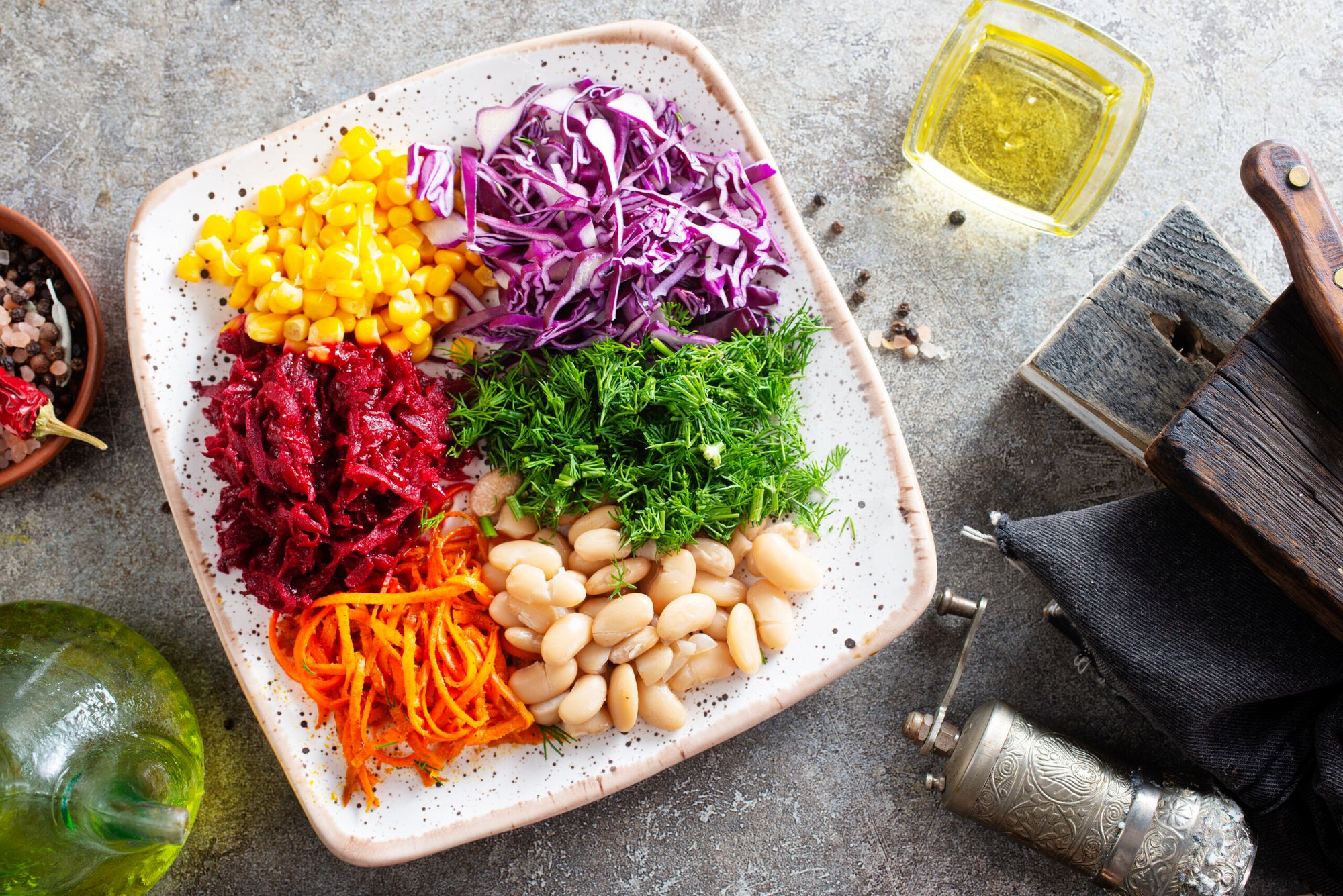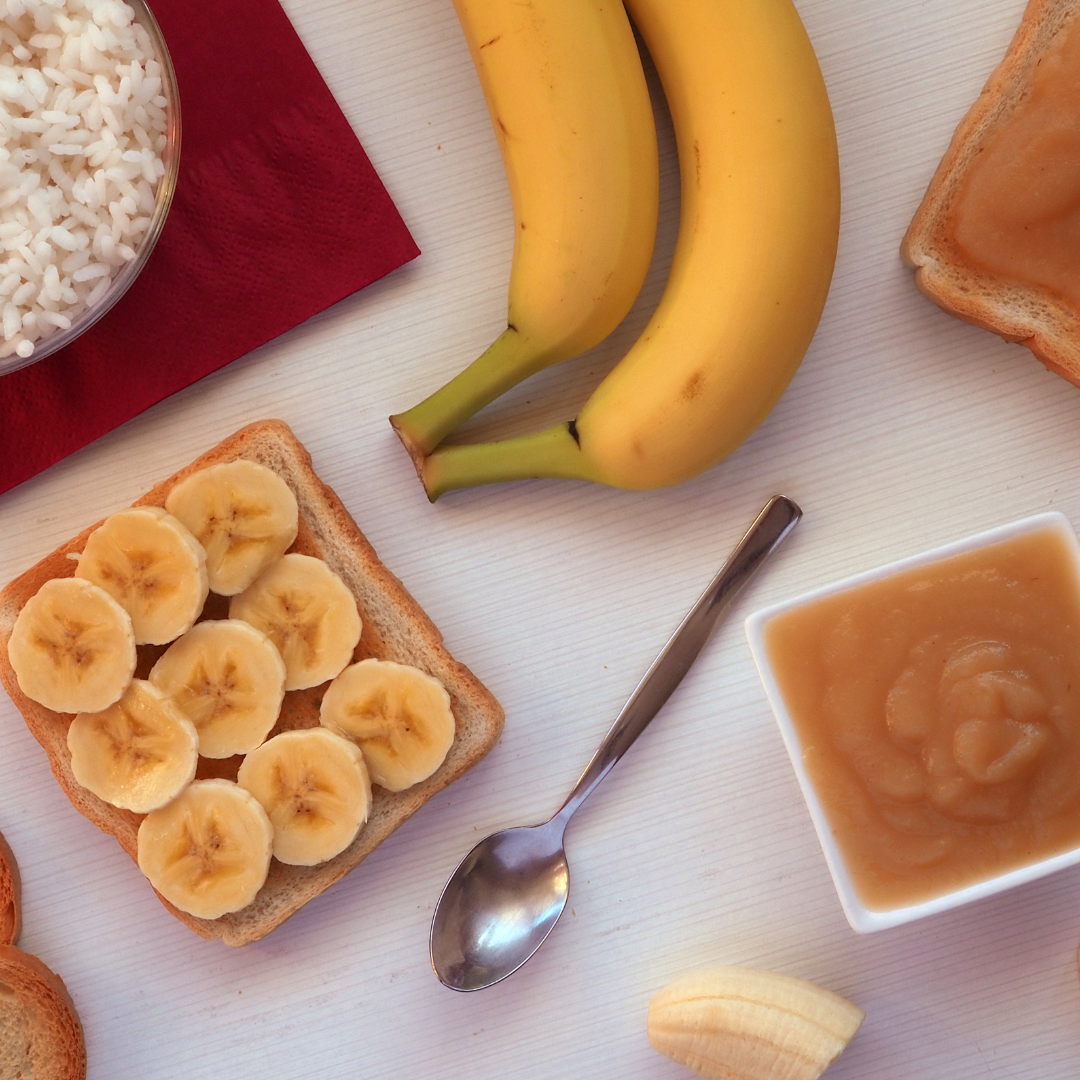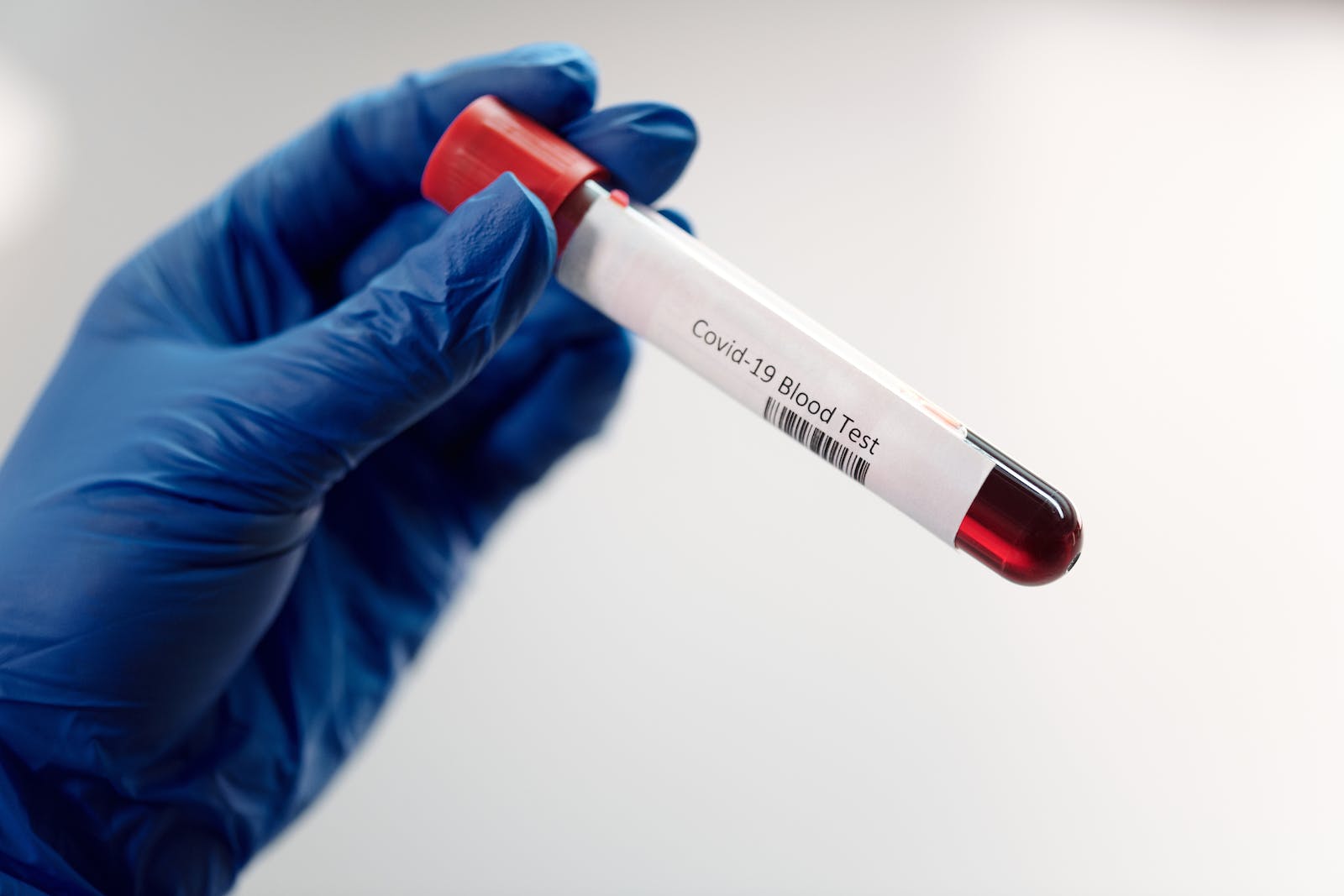
Many dietitians and allergists may suggest an elimination diet, a gold standard approach to help people discover which foods they’re sensitive or intolerant to. A successful elimination diet can help you rule out problematic foods that can cause symptoms such as abdominal pain, migraine, bloating and diarrhoea.
Food sensitivities can be a real hindrance to your life, which is why it’s crucial to discover them. You may not realize that when you’re bloated, you feel sick, you have brain fog or you feel fatigued, those symptoms could be stemming from a food sensitivity. So much of our social life revolves around food and drink, and if you suffer from sensitivities, accidentally eating the wrong thing can ruin a good time. Food sensitivities can cause uncomfortable and sometimes embarrassing side effects such as bloating, gas, or diarrhoea.
Food sensitivities, however, are nothing to be embarrassed about. It is estimated that around 20% of people are living with some sort of food sensitivity or food intolerance, and not everyone is aware of their food sensitivities or intolerances.
If you have food sensitivities, eliminating those foods from your diet may help to improve your well-being. However, it can be difficult to narrow down what foods are causing the negative reactions, especially if you don’t know all the ingredients that have gone into a meal, like at a restaurant, for example.
Following a food elimination diet can help you pinpoint what exact foods you’re sensitive to. Read on to learn how to plan, follow and execute a food elimination diet to discover your food sensitivities.

Food Allergy Vs. Food Sensitivity
Before we dive in, let’s look at the differences between food allergies and food sensitivities. Note that food sensitivities can sometimes be mistaken as food intolerances.
An allergy is more serious than a food sensitivity, as an allergy triggers your immune system to attack a specific protein that your body has wrongly identified as an invader. People can be allergic to plants, food, animal hair and dander and even the metal in jewellery. A mild allergic reaction can include hives, itching, swelling, teary eyes and/or a runny nose. A more severe reaction can cause nausea or vomiting and, in some very serious cases, anaphylaxis.
A food sensitivity can be triggered by your immune system as well, but symptoms are usually not life-threatening; gas, bloating, diarrhoea or rash are typical responses to a food sensitivity.
Additionally, food-sensitivity reactions usually take longer to develop and are usually dose-dependent, so some side effects might not be felt until hours or even days later. Some of these side effects include lethargy, brain fog, joint pain and headaches.
Finally, food allergies can be detected with a blood test or a skin prick test, whereas food sensitivities cannot. The best way to discover if you have food sensitivity is to follow an elimination diet.
Causes and Symptoms of Food Intolerances
Food intolerances mean that your body is unable to digest certain foods. Often this is because your gut lacks certain digestive enzymes.
Natalia Dandrea, a registered holistic nutritionist based in Vancouver, Canada, explains, “Food intolerances are also called non-allergic (non-IgE) food hypersensitivities or non-celiac reactions, which are different from food allergies. Food intolerances are mild immune reactions that play a role in the body’s inflammation and symptoms of many chronic conditions.
Symptoms of food intolerance vary and can manifest after eating the trigger food or may require up to several days to appear. Sometimes the skin shows signs of food intolerance, such as eczema, acne, rashes or hives. The digestive system can also be affected with symptoms such as gas, bloating, diarrhoea, cramping, constipation, irritable bowel syndrome, and nausea. Finally, there are many mental health and physical conditions that may be associated with food sensitivities, such as fibromyalgia, GERD, migraines, obesity, ADHD, autism spectrum disorders, insomnia, depression and chronic fatigue syndrome.”
A DNA test can tell you if you have a genetic predisposition to food sensitivity.

What Exactly is an Elimination Diet?
An elimination diet is a 3-step process you can undertake with an allergist, naturopath or a dietitian to discover what is in your diet that’s causing adverse reactions.
The first step involves cutting out the foods most commonly associated with food sensitivity. These may include dairy, gluten, caffeine, salicylates (found in fruits, vegetables and teas) yeast, fructose and eggs. You can customize this plan to include other specific foods if you suspect you have a sensitivity towards them.
Other items that may be included on this list are FODMAPs: fermentable oligo-, di-, monosaccharides and polyols. These are short-chain carbohydrates that are difficult to digest and often end up collecting at the far end of the intestine. If you have Irritable Bowel Syndrome, it is very likely that you have a food sensitivity to FODMAPs. FODMAPs are common in grains, legumes, fruits and vegetables and artificial sweeteners.
Foods that have been selected for elimination are then completely cut out for around 2 weeks, at which point you would enter stage 2.
Stage 2 involves slowly reintroducing the eliminated foods one at a time over two or three days. You then monitor your body’s reaction. A food diary can be a very useful tool here. This is the longest part of the process and can take up to 5 or 6 weeks, depending on how many foods you’re reintroducing. A good elimination diet cuts out quite a bit in order to yield better results during stage 2.
The goal here is to determine your sensitivities through a process of elimination. Once you know how your body will react to a certain food, you can then reduce your consumption or completely cut it out.
The final and third stage involves re-shaping your diet to avoid trigger foods while supplementing the lost nutrition somewhere else.
Tips For Sticking to Your Elimination Diet
An elimination diet is very restricting and requires a great deal of willpower to see it through to the end. Here are some helpful tips to keep in mind before you start.
- Choose to begin at a time you can stick to it. Unless you have a huge amount of determination, starting an elimination diet before a vacation or during the holidays is not a good time; it’s just too tempting to cheat, and that skews your results or, worse, makes you start all over from the beginning.
- Plan accordingly. Food is enticing, so plan ahead. If you go out, eat at home beforehand. Pre-make enough meals to keep you fed while you work through your diet. Ask for support from your friends and family.
- Listen to your doctor/dietician. It’s tough being told what you can’t do, but trust that the professionals you’re working with know what they’re doing and have your best interest at heart.
- Keep your eyes on the prize. A food elimination diet might be one of the hardest things you ever do, and after a few weeks, it can seem nearly impossible to ignore the cravings. Keep in mind that your diet won’t be this limited forever and that the whole point is to feel better at the end.

Your New Normal
Once the elimination diet is completed, you can move forward with your life armed with new knowledge and a healthier gut. Once you know what your trigger foods are, the choice to eat them or not is up to you. Some people are well aware of their food sensitivities but choose to eat their trigger foods anyway. Many have designated ‘cheat’ days where they allow themselves to indulge for a special occasion. Whatever you decide, here are some things you can do to make your new normal a little easier.
- Make your own food, so you know exactly what’s going into it. Salad dressings and sauces especially can include a lot of surprising ingredients that can trigger a reaction in someone with a sensitivity.
- Read the labels thoroughly, don’t skim. In addition to keeping a sharp eye out for trigger foods, be diligent about consuming processed foods with high amounts of sodium and sugar. This can be especially common in gluten-free products.
Eating at a restaurant can present a whole new set of problems for those on an elimination diet. Registered holistic nutritionist Natalia Dandrea offers the below suggestions to keep in mind if you’re going to a restaurant:
1. Planning: Before you go out, plan ahead of time. While there are many restaurants that will meet your requirements, there are also some with very limited options. For this reason, I encourage you to take a look at their menu before choosing the restaurant to visit, or you could even call them and check if they can help you accommodate your diet.
2. Make it simple:In case you don’t have the option to choose [the] restaurant, order simple [meals] .
3. Avoid the triggers: If you’re unsure of which foods you may be sensitive to, when choosing your meal in a restaurant, try to reduce or avoid the most common foods that individuals are sensitive to, such as gluten, dairy products, eggs, soy products, fish and shellfish and peanuts or tree nuts.
4. Mindset changes: Don’t focus on possible reactions other people may have about your food choices. Switching the way you speak about it can make a huge difference [in] how the restriction will be accommodated.
5. Stop overthinking. Worrying to a point where you can’t enjoy your time eating out just creates more stress and anxiety around food and it’s not beneficial.
Are There Other Ways to Discover Food Sensitivities?
Aside from an elimination diet, there are other ways to discover food sensitivities. This includes taking a Circle Snapshot Food Sensitivity Test which tell you specially about how your body reacts to certain foods, or doing a CircleDNA test which you will receive a comprehensive health profile. These tests help people figure out which foods they might be sensitive to, as well as which nutrients they might be deficient in.






